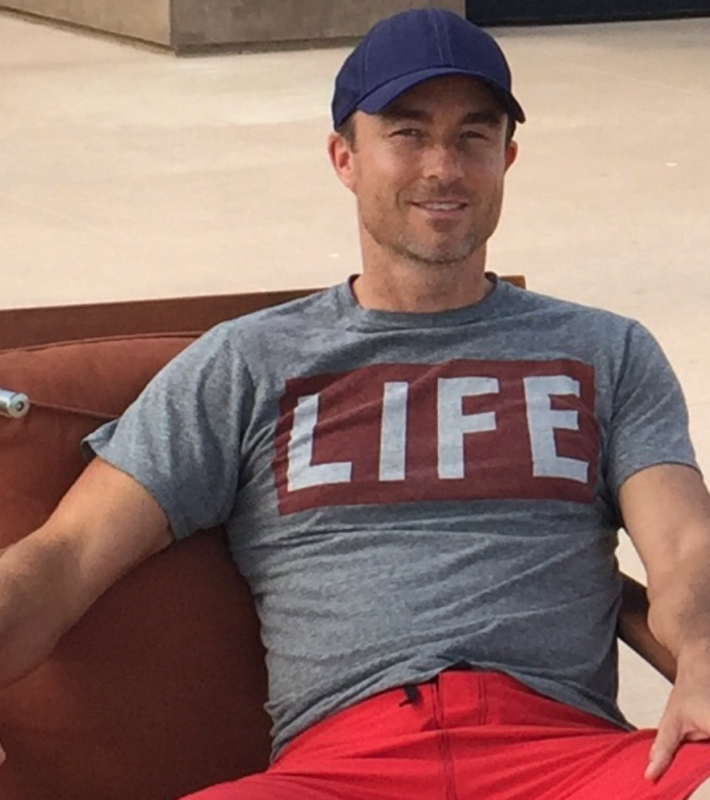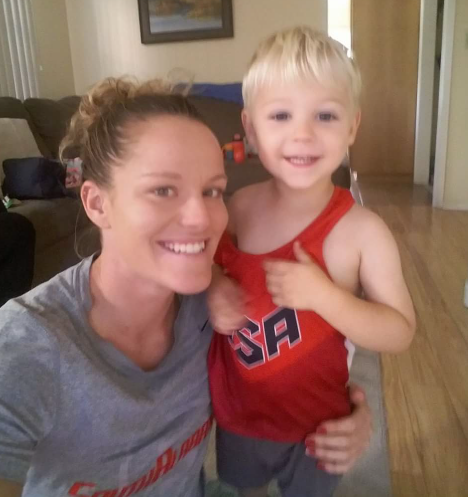This article is on the causes and prevention of lower back pain (LBP) in athletes. LBP can result from several different kinds of causes that cannot all be addressed in a single article. My goal for this article is to provide a foundational understanding of the motifs that can contribute to LBP.
Prevention is the most important component of keeping your back pain-free. The best predictor of a new injury is a previous injury. One of the founders of chiropractics, B.J. Palmer, said “The preservation of health is easier than the cure of the disease” (Palmer). For this reason, time invested in prevention will yield more benefit than time spent on rehabilitating an injury that could have been avoided.
Back pain may not be rooted in back issues. When looking at the primary needs of our joints beginning at the ankles and ascending to the shoulders they alternate between needing mobility and stability work (see table).
The alternating pattern comes from observations that joints like the ankle have a tendency to become stiff and need additional mobility work, while joints like the shoulder have a tendency to move sloppily and need stability work (Cook). Most people have good mobility in their lower back, but are poor at maintaining its stability.
The significance of the alternating pattern is that a deficit in the primary needs of the joints immediately above and below lumbar back forces the spine to compromise its ability to stabilize (Boyle, 2007). A lack of hip mobility is a common cause of LBP because it forces the lumbar spine to compensate by providing mobility. The lower back cannot provide maximal mobility and stability in the same moment.
When these errant patterns are repeated and become habits, it becomes more difficult to engage the hips without also losing a neutral spine position. A joint by joint view of training suggests that the early signs of LBP may reflect inactive hips and preventative work may be best focused on joints above and below the lower back.
The Cook Lift is a good test of whether an athlete activates their lower back when they engage their hips. Here is a video of the Cook Lift demonstrated by Peter Blumert!
https://www.youtube.com/watch?v=UAPXpx-yWpE
A good progression for the Cook Lift is a set of 8, then 10, then 12 reps.
The cause of back pain results from cumulative trauma rather than a singular event.
LBP originates from thousands of flexions of the lumbar spine which causes disc herniation at a microscopic level through nucleation and delamination (Tampier et al., 2007; McGill, 2010). These preceding events occur without giving athletes an indication a future injury is looming. An important idea is that the lumbar spine only has so many bends before it breaks (McGill, 2014). Use them wisely for essential everyday activities instead of sit-ups that place a large load on intervertebral disks (Reynolds, 2009). Simply substituting the curl-up for the sit-up takes a lot of the stress out of the back.
Movement quality and endurance are the keys to preventing LBP.
Between strength, endurance, mobility, and movement patterns, the quality of the movement patterns appears to be the most significant difference between patients with lower back injuries and asymptomatic controls (McGill, 2014). Patients with LBP lift more with their back causing unnecessary lumbar flexions. A common flawed movement pattern involves “gluteal amnesia” where athletes present with tight hips, hamstrings, and hip flexors and do not activate their glute complex to the necessary degree (McGill, 2007). These patients often do not improve with typical therapy methods because general back pain programs do not focus on developing the hips. Furthermore, the endurance of the lower back is more critical than its strength because technique is more likely to breakdown after several, light movements compared to a few heavier ones (McGill, 2007).
Misconception correction:
Balance is not stability. YouTube and gyms everywhere have a population of lifters that rely on the bosu ball (half ball) and fitness ball for their workouts. Their core argument (get it?) is that the instability of the ball provides more stability training than traditional lifts. Squatting, pressing, and rowing on the bosu ball improves balance, but does not improve spine stability (McGill, 2014). Instead, spinal stability is improved by practicing stiffening the core to allow force to be transferred through it more effectively. Practice abdominal bracing during your big lifts to improve your core stability.
Our next article will discuss lower back pain developed from sitting and standing.
Further Reading:
A Joint-by-Joint Approach to Training
Designing Back Exercise: from Rehabilitation to Enhancing Performance
Lower Back Disorders, 2nd Edition



